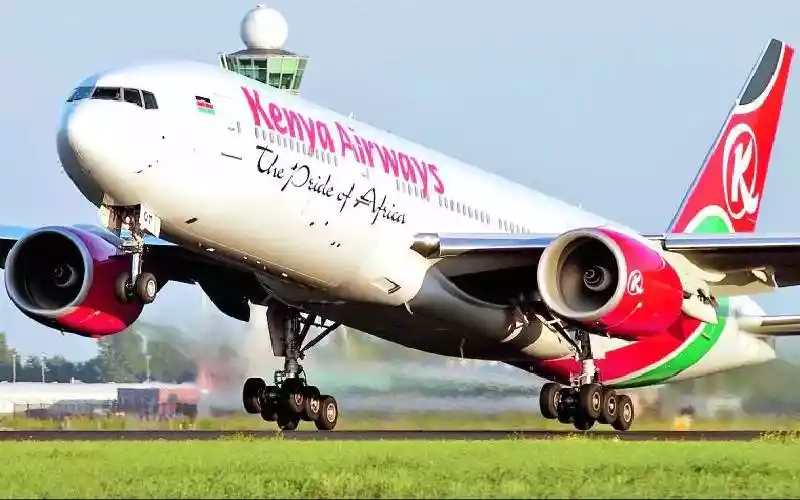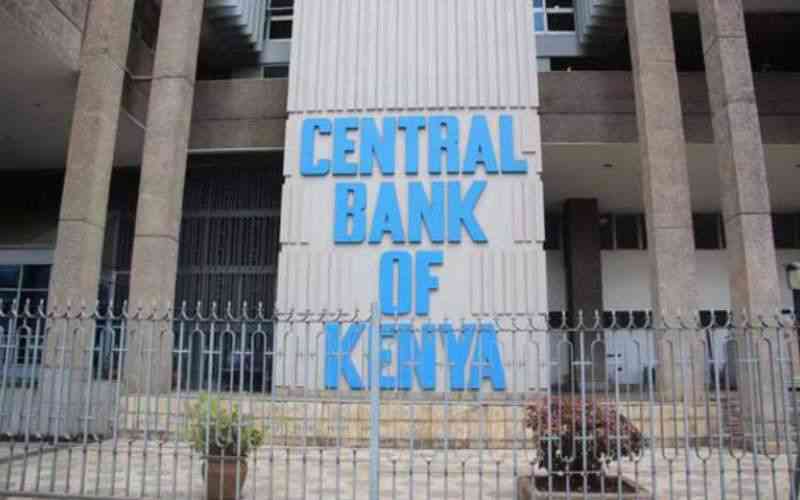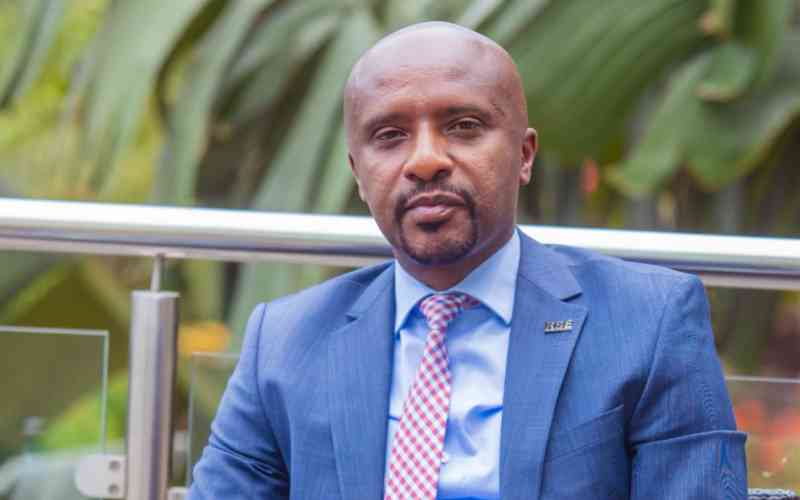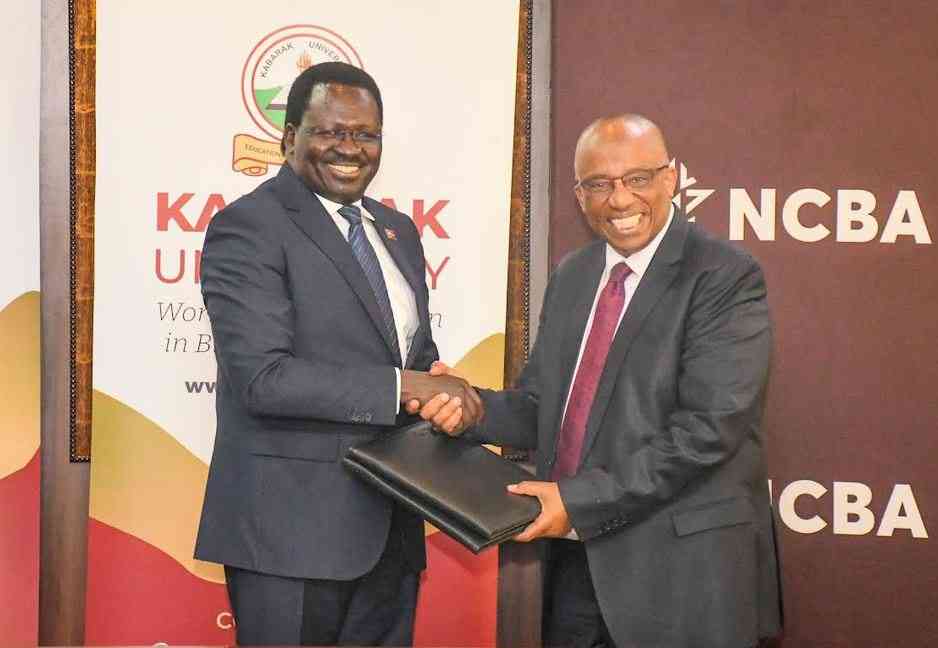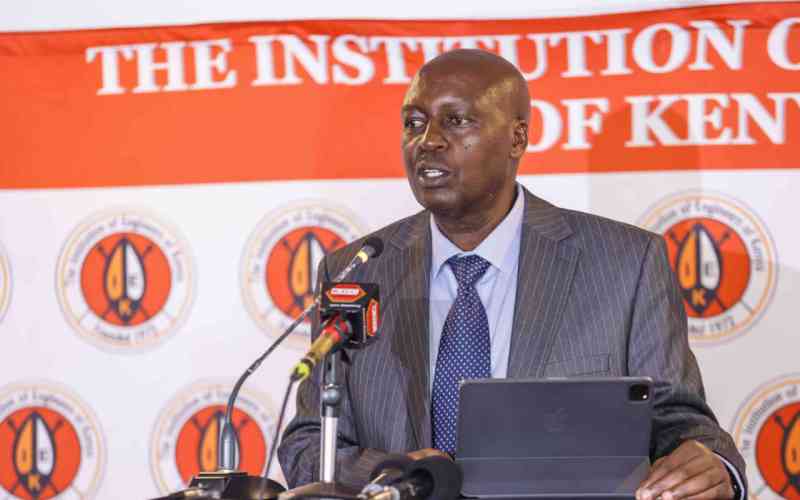Director,Network of people living with HIV/AIDS in Kenya (NEPHAK) Nelson Otwoma talks to the press on ways of reducing the spread of HIV and Impact of AIDS during the Maisha HIV and AIDS Pre-confernce at the sarova panafric hotel.[DAVID GICHURU,Standard]
×
The Standard e-Paper
Informed Minds Prefer The Standard


